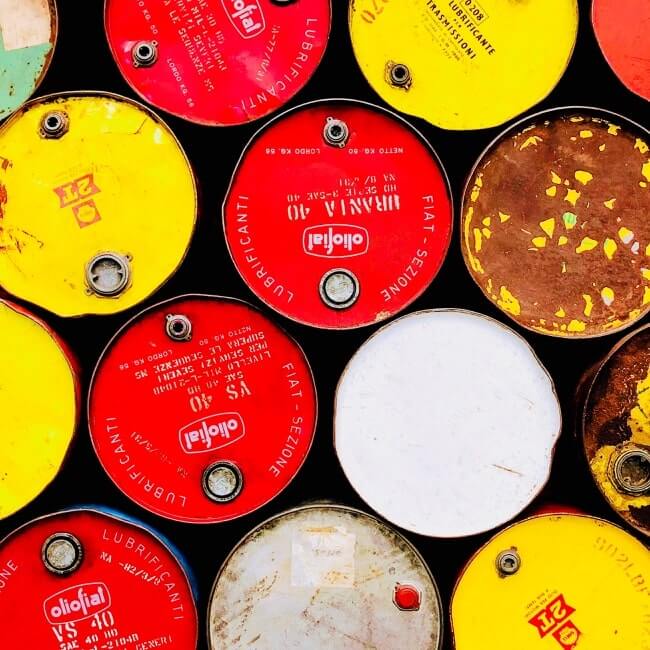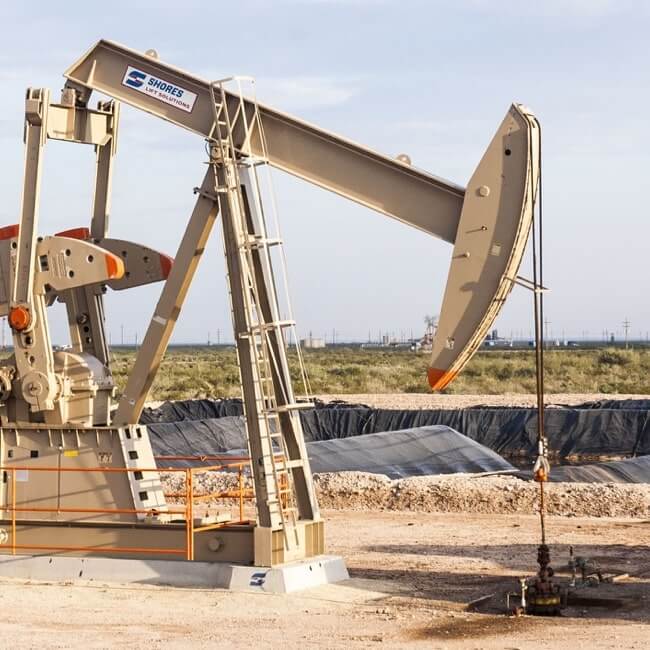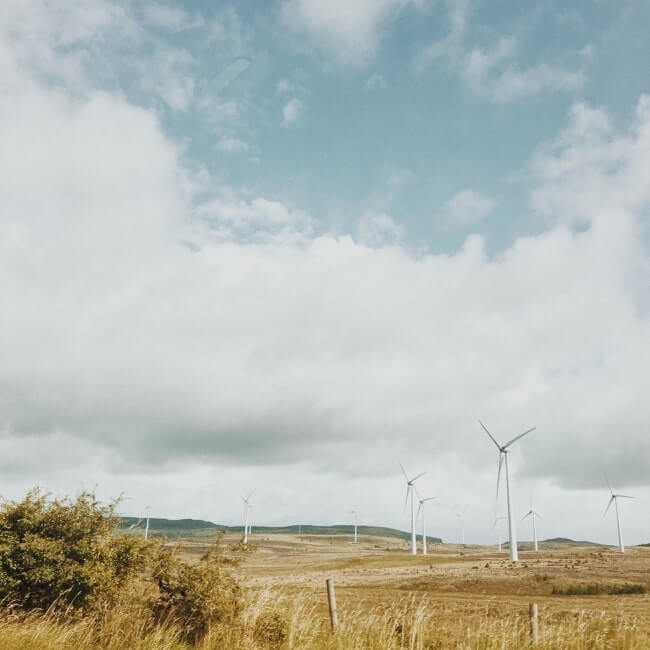Shedding light on sorghum-based biofuel ambitions

BNamericas: We live in a capitalist market where there is much speculation. A project can seem viable now, but when you begin planting and producing, there are no guarantees of prices. How are you viewing this issue?
Lázaro: Sweet sorghum has various advantages. One is that it is one of the most robust crops in terms of water supply. It has the best energy efficiency in development that I have seen, as compared to sugarcane and corn. There are people with proposals using tropical sugar beet, but I feel that sweet sorghum is still more robust.
The technology of processing is known; it uses the same technology that is used for sugarcane. And the practices of the sweet sorghum crop are rather well known in Mexico because they are similar to grain sorghum.
So with sweet sorghum the farmer receives a rather attractive initiative because he does not need to change his practices much: it is a resilient crop and can achieve a competitive revenue compared to other existing crops that they work with such as grain sorghum or soybeans. In fact, farmers that do not have livestock have thought about converting their lands to biofuel crops such as sweet sorghum.
BNamericas: Manual labor here is obviously more expensive than in India, for example. Why are you looking at development in Mexico when there are other options, considering this will obviously affect operating costs?
Lázaro: If we look at sweet sorghum's entire value chain for production of ethanol, it is very different in Mexico and India. In India, everything is manual. In Mexico, everything is mechanized. At the end of the day, if you compare the costs of both countries for growing sweet sorghum, the cost is not dramatically superior [in Mexico] to in India. This is an important point. Processing costs are similar. The needs for a plant here in Mexico and in India are similar.
What Mexico has is a logistical advantage of being close to the most important ethanol market, the US. I would compare that to what happens with clothing. A lot of clothing could be made in China or India, but at the end of the day there is a quick response buffer [in Mexico] that can attend to the US market in a competitive manner.
In less than a week you can get the ethanol to the US; with that, you cover an instantaneous demand the country could have. That is what happens with textiles. It's a logistical strategy. Those are the competitive and comparative advantages that I see between India - which is the case you gave me - and Mexico.
BNamericas: Where in Mexico do you anticipate carrying out projects and where have you done tests?
Lázaro: We have done tests in Tamaulipas and San Luis Potosí states. We want to do tests in Michoacán and Nayarit states, and continue doing tests in Sonora state, definitely. Our intention as a company is to establish at least five plants in a lapse of five years.
Sweet sorghum is not a crop with a lot of history. We want to carry out the first plant with caution, but after that replicate the business model in other regions where we are evaluating the investment.
BNamericas: Where would the first plant be located?
Lázaro: The first plant would be near the city of Tampico in the Gulf of Mexico.
BNamericas: When could construction begin?
Lázaro: The timeline that we are working with entails finishing financing at the end of this year, beginning construction in the first quarter of 2009 and starting operations in the second half of 2010.
BNamericas: And the other four plants?
Lázaro: It's not going to be done linearly. Once we gain the know-how from the first plant, we would move forward more geometrically.
BNamericas: How much capacity would the first plant have?
Lázaro: We are evaluating capacities between 25mn-40mn gallons [up to 151Ml]. It depends a lot on land availability and the possibility of implementing a production program associated with the farmers in the region. The associated production program is an integrated program in which we do not just offer a purchase-sale contract. Rather we offer a series of socioeconomic developments for the region, specifically with the farmers who decide to join our project.
BNamericas: Would you rent the land?
Lázaro: No, we don't believe renting the land is the best solution. We think that the best manner of interacting with the producers is through an association in which they work the land. They are going to have the high-tech machinery that our company recommends and the profits of the value chain will stay in their pocket.
BNamericas: Would the capacities of the other four plants be more or less equal to the first plant?
Lázaro: The truth is that is very difficult to define capacities, but they should be in the same range.
The difference between the corn and sweet sorghum plants is logistics. Corn you can transport and store, so in the US there are 100mn-gallon plants using corn as feedstock. When we talk about sugarcane and sweet sorghum, the raw material has to be entered into processing in less than 24 hours, so that obliges you to have a circle of no more than 20 or 30 miles [32-48km] from the plant for the concentration of lands you need for production of ethanol.
Answering your question, that limits the plant's capacity. Trying to put in a 100mn-gallon plant would not work given the capacity and the logistical cost for transporting sugarcane and sweet sorghum.
BNamericas: How did you select the Tampico site for the first plant? What factors affected that decision?
Lázaro: We are located in Monterrey. We are very familiar with the states of Tamaulipas and San Luis Potosí due to proximity, and there were many connections that helped us develop the project quicker there than in other places.
Basically, it has been an issue of fusion. The potential of sweet sorghum is just as good in other places where we have been working. In that sense, certainly it has been an issue of development efficiency.
BNamericas: Does it also relate to the possibility of exporting to the US via the Gulf of Mexico?
Lázaro: Doubtless it is easy to arrive to Galveston, Texas, through the Altamira port, but again let me restate the issue of Mexico as a country with great potential. If we consider Sonora, we can export from the Tampolabampo terminal to California, or over land via train. If you go to Michoacán, you can export through Lázaro Cárdenas again via boat. If you go to Nayarit, the same. You are always going to find a maritime terminal, assuming you are going to export. It's going to be a long time before we can attend to Mexico's domestic demand.
BNamericas: Are you going to work with other crops at all?
Lázaro: We are going to begin works with sugar beet. We want to establish contact with the company that is promoting the crop, and we would like in the medium term to have the expertise to be able to implement these plants. Our VP of technology has a great deal of knowledge about sugar beets and that makes implementation easier for us.
BNamericas: More often than not, each company focuses on just one crop. Is there the possibility that you could diversify to the point that you have not just one or two crops, but several?
Lázaro: We have decided to focus [on sorghum] in the beginning in order to not lose strength. We have been strengthening our crop, gaining an expertise that allows us to act quickly with that crop. However, as we go on controlling the crops, surely we are going to have the possibility to incorporate them into our business model. Any business model is valid - although corn is prohibited and sugarcane is a difficult topic in Mexico - so you find opportunities on occasion. You can go to the Sonora desert and find water at depths of 100m to start a corn plantation, and right next door put in a cattle ranch.
So we look at this issue very openly. We have made initial decisions to follow a more effective path but we are open in the future not only to farmed products, but we are also thinking about second generation fuels using cellulose or algae.
Subscribe to the leading business intelligence platform in Latin America with different tools for Providers, Contractors, Operators, Government, Legal, Financial and Insurance industries.
News in: Oil & Gas (Mexico)

Tula coker to start operating in September, says Pemex CEO
The coker will add capacity of 93,000b/d of gasoline, diesel and jet fuel at the oil refinery in Mexico’s Hidalgo state.

Pemex taps Mota-Engil for US$1.2bn fertilizer plant in Veracruz
Construction of the plant on the outskirts of the city of Poza Rica reflects the NOC's strategy of boosting Mexico's domestic fertilizer production...
Subscribe to Latin America’s most trusted business intelligence platform.
Other projects in: Oil & Gas (Mexico)
Get critical information about thousands of Oil & Gas projects in Latin America: what stages they're in, capex, related companies, contacts and more.
- Project: Coking Plant at the Salina Cruz Refinery
- Current stage:

- Updated:
3 weeks ago
- Project: Aslan Net-zero Energy Mexico (ANEM) Project
- Current stage:

- Updated:
3 weeks ago
- Project: Kan field
- Current stage:

- Updated:
1 month ago
- Project: Lakach field
- Current stage:

- Updated:
3 weeks ago
- Project: Mayakan Gas Pipeline Expansion - Cuxtal II (former Mérida-Cancún)
- Current stage:

- Updated:
1 month ago
- Project: Ixachi separation battery
- Current stage:

- Updated:
1 month ago
- Project: Clean fuels project, Tula refinery (2nd stage)
- Current stage:

- Updated:
1 month ago
- Project: Reconfiguration of Residuals at the Tula Refinery (Miguel de Hidalgo)
- Current stage:

- Updated:
1 month ago
- Project: Clean fuels project, Salamanca refinery (2nd stage)
- Current stage:

- Updated:
1 month ago
- Project: Clean fuels project, Salina Cruz refinery (2nd stage)
- Current stage:

- Updated:
1 month ago
Other companies in: Oil & Gas (Mexico)
Get critical information about thousands of Oil & Gas companies in Latin America: their projects, contacts, shareholders, related news and more.
- Company: Pacífico Mexinol, S. de R.L. de C.V. (Mexinol)
-
The description contained in this profile was taken directly from an official source and has not been edited or modified by BNamericas researchers, but may have been automatical...
- Company: Consorcio C5M - QMAX
-
Consorcio C5M - QMAX is a company formed by Consorcio Petrolero 5M del Golfo and Q'Max Solutions Inc. for the execution of the Campo Cuitláhuac project, which is located in Tama...
- Company: Consorcio Petrolero 5M del Golfo
-
Consorcio Petrolero 5M del Golfo is the operator of the Benavides Primavera block in Nuevo Leon, Mexico. The consortium includes the Mexican companies Sistemas Integrales de Com...
- Company: Iberia Renovables Durango S.A.P.I. de C.V. (Iberia Renovables Durango)
-
The description included in this profile was taken directly from an AI source and has not been edited or modified by BNamericas researchers. However, it may have been automatica...
- Company: SSA México S.A. de C.V. (SSA México)
-
SSA México S.A. de C.V., the local unit of US-based port operator SSA Marine Inc., offers cargo-handling and related services for the movement and storage of various types of ca...
- Company: Grupo Desarrollo Infraestructura (GDI)
-
Grupo Desarrollo Infraestructura (GDI) is a Mexico City-based infrastructure services company. It specializes in procurement, construction, transport and aggregates production f...
- Company: Woodside Petróleo Operaciones de México (Woodside Energy)
-
The description contained in this profile was taken directly from an official source and has not been edited or modified by BNamericas researchers, but may have been automatical...
- Company: Servicios de Extracción Petrolera Lifting de México, S.A. de C.V. (Servicios de Extracción Petrolera Lifting de México)
-
Mexican oil and gas firm Servicios de Extracción Petrolera Lifting de México, S.A. de C.V., a subsidiary of Mexican offshore services provider Cotemar, is involved in upstream, ...





